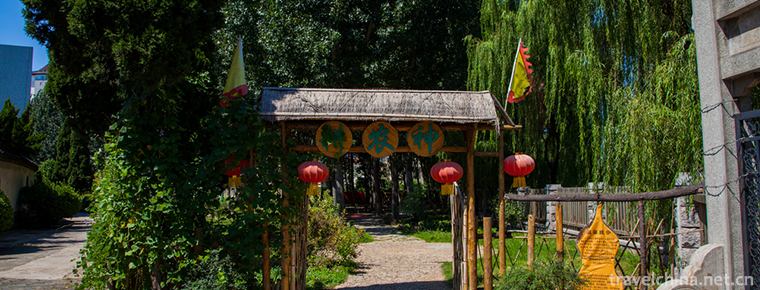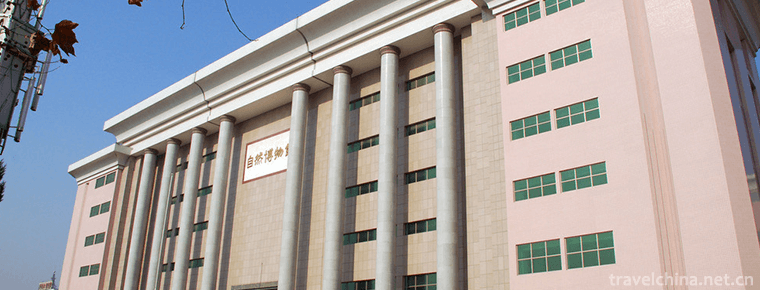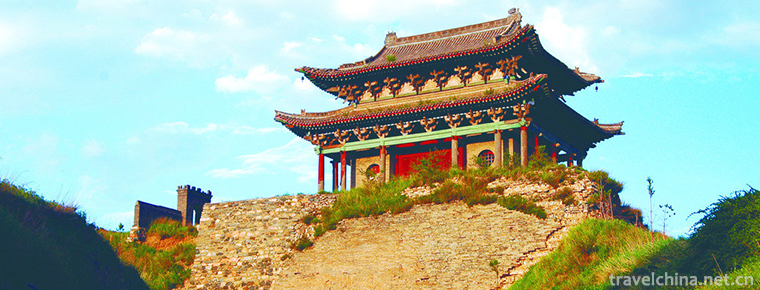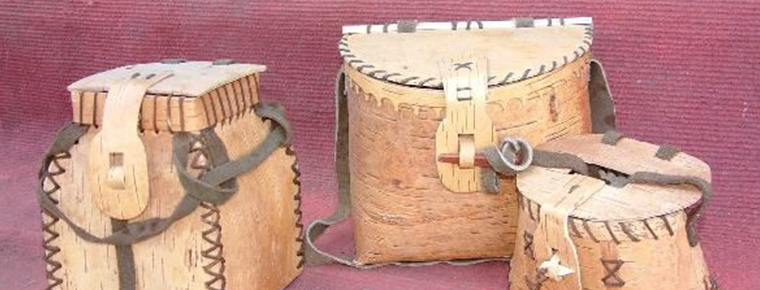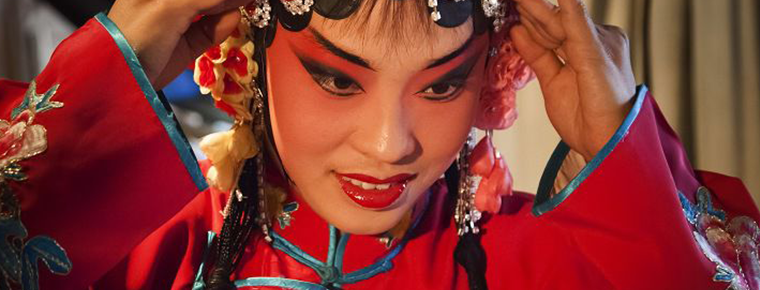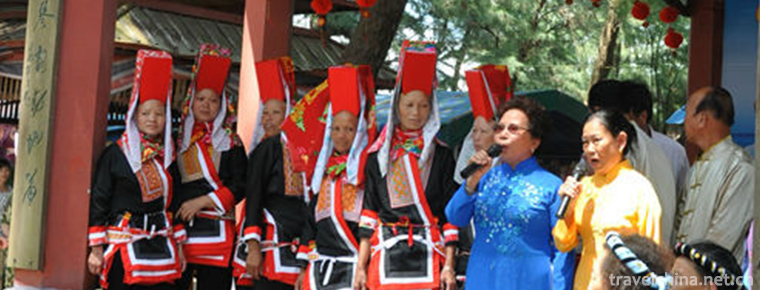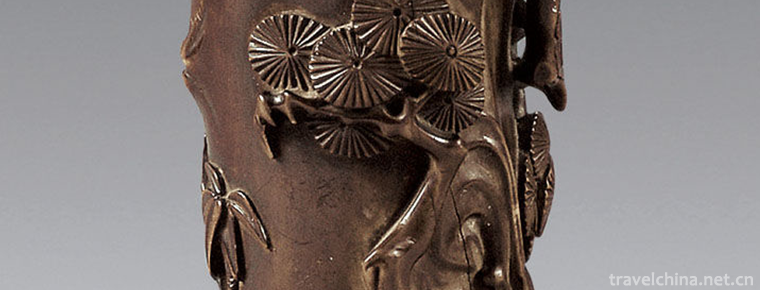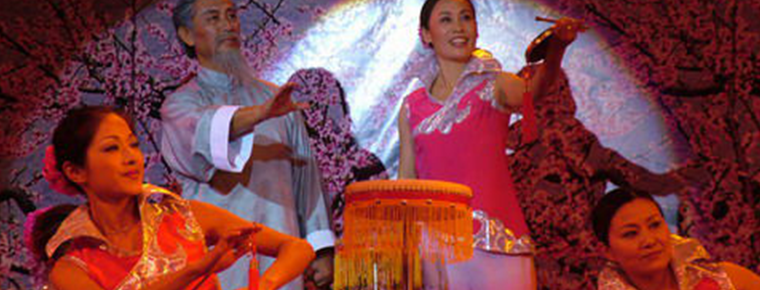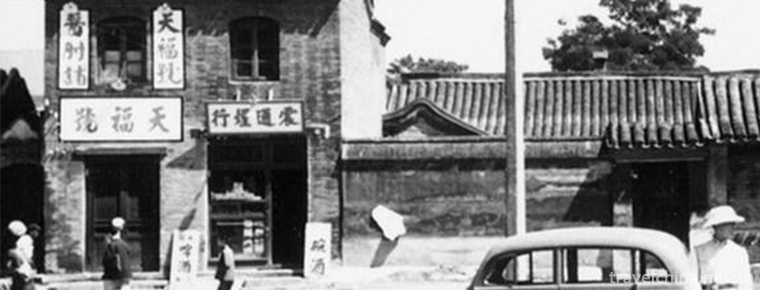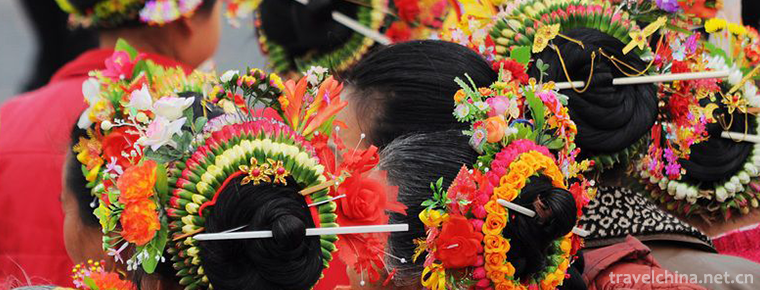Jizu Mountain Scenic Spot in Binchuan
Jizu Mountain is located in a cave-making area about 20 kilometers west of Binchuan County, Yunnan Province, 90 kilometers away from Dali City. It is named for its three peaks in the front and a ridge in the back, which resembles chicken feet. Jizu Mountain has great momentum, a hundred miles around, the highest peak is Tianzhu Peak, 3240 meters above sea level, climbing its mountain, can see sunrise in the east, floating clouds in the south, Cangshan in the west, Erhai Lake in the north, Yulong Snow Mountain in the north, known as the "four absolute peaks".
brief introduction
Chicken foot hill. It is named for its three peaks in the front and a ridge in the back, which resembles chicken feet.
Jizu Mountain has great momentum, a hundred miles around, climbing its mountain, can see the sunrise in the east, the clouds in the south, Cangshan in the west, Erhai in the north, Yulong Snow Mountain in the north. Pine forests are dense in the mountains and bamboo bushes are growing. Xiao'an was built in Shuhan Dynasty and expanded in Tang Dynasty. It flourished in Ming and Qing Dynasty. There are more than one hundred temples, including the Xitan Temple, Shizhong Temple and Kunming Golden Palace, which were built in the Ming Dynasty. Later, most of the temples were destroyed, and only Zhusheng Temple, Jinding Temple Gate and Lengyan Pagoda of the Qing Dynasty survived. Clouds and mists in the mountains and rivers are one of the famous Buddhist mountains in China.
Religious Origins
Domestic Buddhist circles believe that Jizu Mountain is the birthplace of Buddhist Zen. More than 2,000 years ago, the great disciple of Sakyamuni drank Kayeyi into the first gate of Dingji Foot Mountain, which established its lofty status in Buddhist circles.
In the Yuan and Ming dynasties, 71 jungles of 8 temples were formed, mainly in the Jiayedian. In its heyday, it developed to 72 monasteries in 36 temples, with thousands of resident monks and nuns. Jizu Mountain is famous for its wisdom in Tang Dynasty, mooncare in Song Dynasty, Tzu Chi in Yuan Dynasty, Zhou Li in Ming Dynasty, Cheyong in Ming Dynasty, Zen in Buddhism, taking on responsibility, making big mistakes, being the center, and Xuyun in late Qing Dynasty and early Republic of China. Jizu Mountain has accumulated infinite cultural connotations for thousands of years. The Ming Shenzong issued the Tibetan scriptures to the mountain and gave the purple clothes dome; Guangxu and Cixi sealed the "Protecting the State and Blessing the Sacred Chan Temple" and gave precious cultural relics such as driving, purple clothes and jade seals. Wu Daozi's Slender Horse, Li Xia's Eighteen Arhats Crossing the River, Xu Xiake's Jizu Shan Zhi, Quertai's Meron, Xu Beihong's Chicken Bamboo Mountain and Benma, Yang Sheng'an, Li Yuanyang, Li Zhi, Dong Qichang, Sun Yat-sen, Liang Qichao, Yuan Jiagu, Zhao Fan and Zhao Pujun all left behind a large number of poems and paintings, which are valuable cultural heritage of our country. Jizu Mountain is famous for its majesty, danger, wonder, beauty and seclusion. It is famous for "Tiankai Buddhist Kingdom" and "Lingshan Buddhist Capital". Xu Xiake praises "the view of utensils is full of modern and ancient victories" and "the real Shouhai is inside!" Xu Beihong's poem "A desolate land of vultures is no better than the Cangcang Jizu Mountain".











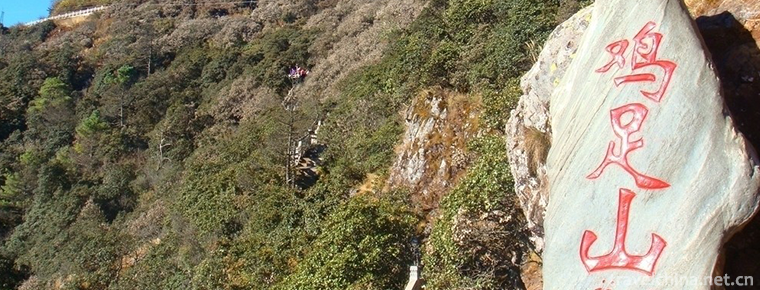
-
Aerge Mountains
Mount Alge, A'erge Mountains, a mountain range at the junction of Xinjiang Uygur Autonomous Region, Tibet Autonomous Region and Qinghai Province, China..
Views: 252 Time 2018-11-01 -
Six Arts City of Confucius in Qufu
Confucius Liuyi City is located at No. 15 Chunqiu Road, Nanxin District, Qufu City, Jining City, Shandong Province. It is constructed by means of modern high-tech technology.
Views: 210 Time 2019-02-07 -
Shandong Tianyu Natural Museum
Shandong Tianyu Natural Museum is located in the western section of Lianhuashan Road, Pingyi County, Linyi City, Shandong Province. It is the largest natural geological museum and the largest dinosaur.
Views: 261 Time 2019-02-08 -
Yanmenguan Scenic Area
Yanmenguan Scenic Spot is located in the northern part of Daizhou ancient city. South-controlled Central Plains and North-controlled Moyuan are grand military defense projects of ancient Chinese passe.
Views: 106 Time 2019-03-01 -
Craft of birch bark making
Birch bark making techniques, Oroqen Autonomous Banner of Inner Mongolia Autonomous Region, local traditional handicraft of Heilongjiang Province, one of the national intangible cultural heritage..
Views: 174 Time 2019-05-04 -
Jin Opera
Jin Opera is Shanxi Bangzi, an important drama in northern China, also known as Zhonglu Opera, Chinese traditional opera. It was named after Fenyang, Xiaoyi, Qixian, Taigu and Taiyuan, which sprang up.
Views: 176 Time 2019-05-07 -
Kazakhstan Jing nationality Ha festival
Kazakhstan Festival, also known as "Singing Kazakhstan Festival", the so-called "Kazakhstan" or "Singing Kazakhstan" means singing. It is a traditional festival of the Ji.
Views: 112 Time 2019-05-07 -
Yueqing Poplar Wood Carving
Yueqing boxwood carving, a kind of ornamental round carving art with boxwood as its material, is mainly popular in Houhengcun, Wengyuan Street and Lecheng Street of Liushi Town in Yueqing City,.
Views: 103 Time 2019-05-11 -
Gongs and drums
The Gong and drum books used to be called "Taibaoshu", "Taibao" is derived from the activities of "Taibu" in the countryside of Shanghai suburbs and counties, which seeks.
Views: 119 Time 2019-05-15 -
Manufacturing Techniques of Tianfu Sauce Elbow
Tianfu Sauce Meat Shop was founded in 1738, the third year of Qianlong in Qing Dynasty, when Shandong was in a severe drought and there was no grain harvest. Liu Fengxiang, a man from Yexian County, S.
Views: 166 Time 2019-06-20 -
The Custom of Hupu Women
Hupu women's custom is a traditional folk custom in Quanzhou City, Fujian Province. Hupu women are mainly distributed in the communities of Hupu, Jinzai, Houpu and Dongmei in Donghai Street, Fengze Di.
Views: 195 Time 2019-07-09 -
Public education in Chengdu Giant Panda Base
From 2003 to 2016, Chengdu base received more than 100000 primary and secondary school students at home and abroad, and trained more than 800 volunteers; went to colleges and universities, communities, primary and secondary schools, kindergartens and nature .
Views: 352 Time 2020-12-13

